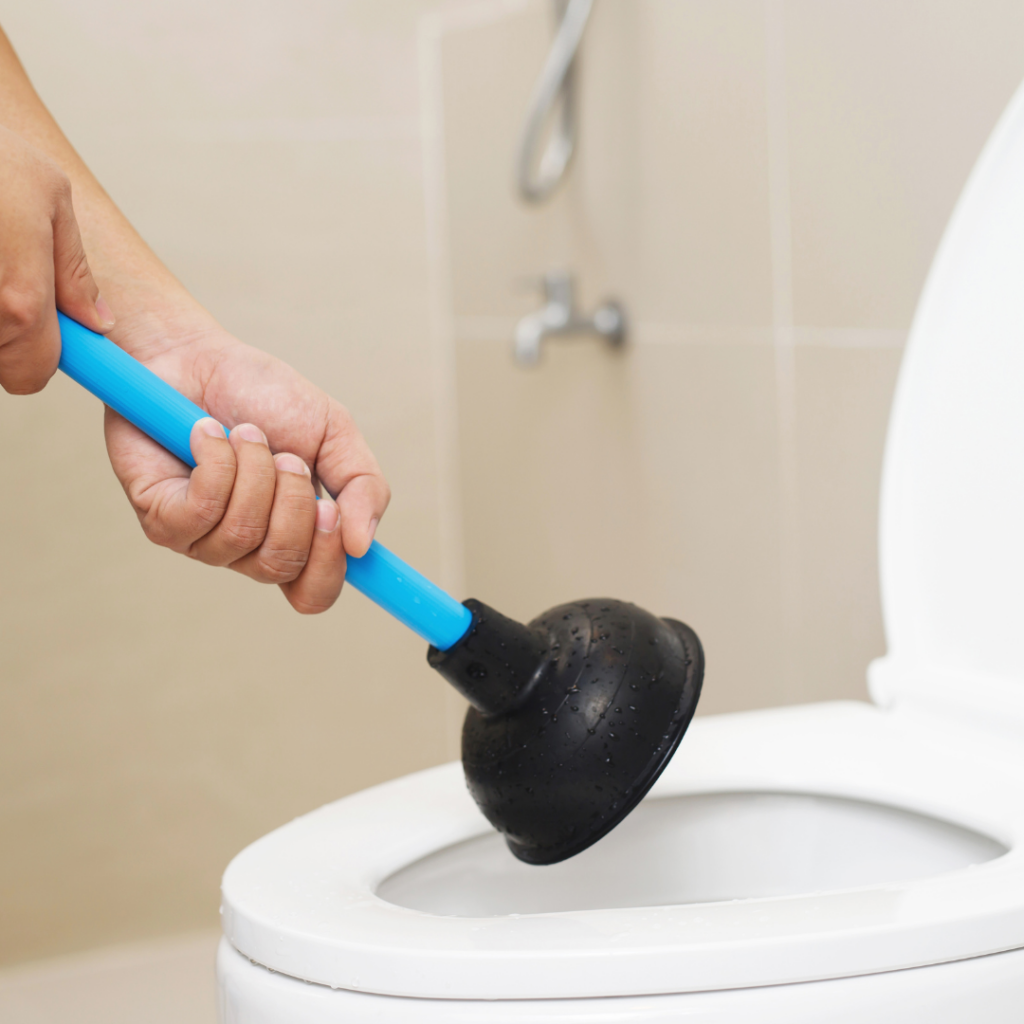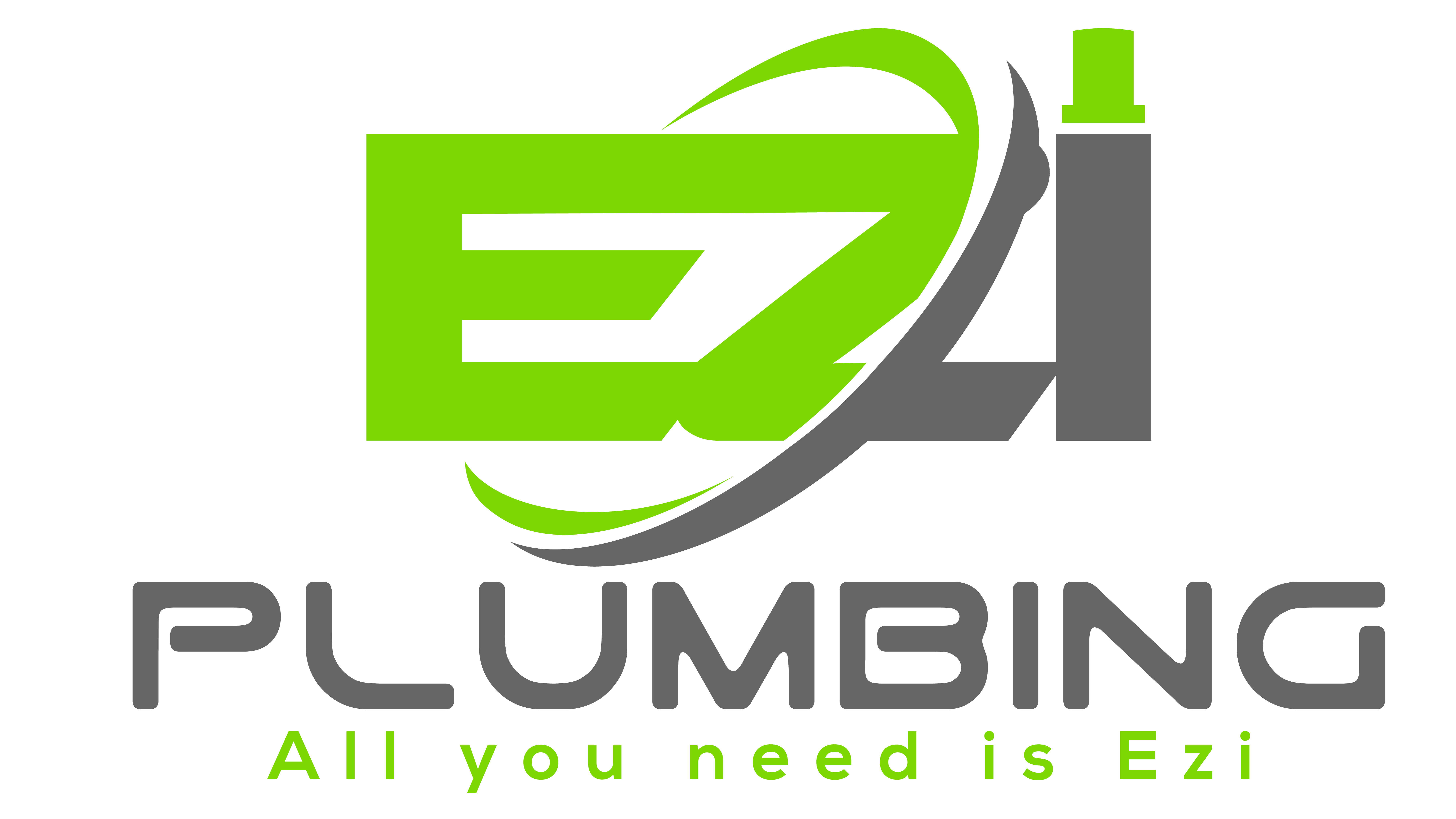A blocked toilet is more than just an inconvenience—it can quickly turn into a major hassle if not addressed properly. Whether it’s a minor blockage that just needs a quick fix or a more severe issue that requires professional help, maintaining your toilet and taking preventive measures can save you from future headaches. In this comprehensive guide, we’ll explore practical maintenance tips to help ensure your toilet remains in top condition and avoid common blockages.
Understanding Common Causes of Toilet Blockages
Before delving into maintenance tips, it’s crucial to understand the common causes of toilet blockages. Excessive toilet paper is a frequent issue, as overloading the system can overwhelm it, even though toilet paper is designed to dissolve in water. Non-flushable items like wipes, sanitary products, and dental floss are major culprits, as they do not break down and can cause significant blockages. Additionally, flushing foreign objects, especially if children are involved, can lead to severe clogs.
Pipe issues also play a role, as aging pipes or those with accumulated build-up can restrict water flow and contribute to blockages. Low water levels in the bowl can lead to inadequate flushing, causing partial blockages. Recognizing these causes is essential for preventing issues and maintaining smooth toilet operation.

Regular Maintenance Tips
Use the Right Amount of Toilet Paper
The most straightforward way to prevent clogs is to be mindful of how much toilet paper you use. A good rule of thumb is to use no more than a few squares at a time. If you need more, flush and then continue. This helps avoid overloading the system.
Avoid Flushing Non-Flushable Items
Educate everyone in your household about what should and shouldn’t be flushed. Items like wipes, tissues, and feminine hygiene products should be disposed of in the trash, not the toilet. Even products labeled as “flushable” can cause problems because they don’t always break down as expected.
Install a Toilet Brush and Plunger
Having a toilet brush and plunger on hand is essential for immediate maintenance. A brush helps keep the bowl clean and free of buildup, while a plunger is crucial for dealing with minor clogs before they become bigger issues.
Regular Cleaning
Clean your toilet regularly to prevent mineral and grime buildup. Use a non-abrasive cleaner to scrub the bowl, focusing on areas where deposits tend to accumulate. Cleaning agents with antibacterial properties can also help keep things hygienic and reduce the likelihood of clogs.
Check the Flapper and Chain
The flapper and chain inside your toilet tank play a crucial role in proper flushing. Periodically check these components to ensure they are functioning correctly. A worn or faulty flapper can lead to insufficient flushing and potential blockages.
Inspect the Toilet Tank
Make sure the tank is properly filled and functioning. Low water levels or a malfunctioning fill valve can lead to poor flushing performance, which might contribute to blockages. If you notice any issues, it may be time to adjust or replace parts of the tank.
Monitor the Water Level
Keep an eye on the water level in your toilet bowl. If the water is too low, it might not flush properly, leading to blockages. Ensure the water level is adequate for a full flush. If you notice persistent low water levels, you might need to adjust the fill valve or seek professional help.
Regular Pipe Inspections
Over time, pipes can develop issues such as rust or mineral buildup, which can lead to blockages. Consider having your pipes inspected periodically by a professional plumber. They can detect and address potential issues before they escalate.
Use Enzyme Cleaners
Enzyme-based cleaners can help break down organic material in the pipes, reducing the risk of clogs. These cleaners are usually safe for your plumbing and can be used as a preventive measure. Follow the manufacturer’s instructions for best results.
Avoid Chemical Drain Cleaners
While it might be tempting to use chemical drain cleaners for a quick fix, these products can sometimes cause more harm than good. They can damage your pipes over time and are not always effective at removing blockages. If you have persistent issues, it’s better to call a professional.
Advanced Maintenance Tips
Install a Toilet Strainer
A toilet strainer is a simple device that can be placed in the bowl to catch foreign objects and prevent them from being flushed. This is especially useful if you have young children who might accidentally flush toys or other items.
Upgrade to a Modern Toilet
Older toilets are more prone to clogs due to their design and the materials used. Consider upgrading to a modern, high-efficiency toilet that uses less water and has improved flushing mechanisms. These toilets are designed to handle waste more effectively and reduce the likelihood of blockages.
Regular Professional Inspections
Even with the best maintenance routine, it’s a good idea to have a professional plumber inspect your toilet and plumbing system periodically. They can identify issues that may not be visible to the untrained eye and provide solutions to prevent future problems.
What to Do in Case of a Blockage
Despite your best efforts, blockages can still occur. Here’s what to do if you encounter a blocked toilet:
- Use a Plunger: If the water level in the bowl is high, use a plunger to try and dislodge the blockage. Ensure you have a good seal around the drain and plunge with force.
- Try a Toilet Auger: For more stubborn clogs, a toilet auger can reach further into the pipes and help break up the blockage. Follow the manufacturer’s instructions for use.
- Use Baking Soda and Vinegar: For a natural approach, pour baking soda and vinegar into the toilet bowl. Let it sit for about 30 minutes, then flush with hot water.
- Call a Professional: If these methods don’t work or if the blockage persists, it’s time to call a professional plumber. They have the tools and expertise to handle more complex issues.
Bidet Installation Prep: What You Should Know
Preparing for bidet installation involves more than just purchasing the unit. Begin by checking your existing plumbing to ensure compatibility with the bidet. This includes verifying that you have the necessary water supply and drain connections. Make sure your toilet and bathroom layout can accommodate the bidet, which may require additional space or adjustments. It’s also wise to gather the required tools and materials before starting, such as wrenches, sealant, and a screwdriver.
Next, review the installation instructions provided by the bidet manufacturer carefully. These instructions will guide you through the process and highlight any specific requirements for your model. Taking these preparatory steps will help ensure a smoother installation and prevent potential issues down the line.
Get Ready for Bidet Installation with These Tips
Getting ready for bidet installation involves several key steps to ensure everything goes smoothly. First, measure the space around your toilet to confirm that the bidet will fit comfortably. Check for any obstructions or layout constraints that might affect the installation process. Make sure you have access to the water supply line and that it is compatible with the bidet’s requirements. Having the right tools and a clear understanding of the installation steps will make the process easier.
Additionally, review the manufacturer’s installation manual in advance. It will provide crucial information about assembling and installing the bidet, including any specific plumbing adjustments you may need to make. By preparing thoroughly, you can help ensure a successful installation and enjoy the benefits of your new bidet with minimal hassle.
Enjoy Better Performance and Savings with a Cistern Upgrade
Upgrading your cistern offers significant benefits in both performance and cost savings. Modern cisterns are designed with advanced technology that enhances water efficiency, reducing the amount of water used per flush without compromising effectiveness. This improvement leads to noticeable reductions in your water bills, making it a financially savvy investment for your home.
Additionally, newer cistern models often feature enhanced functionality such as quieter operation and more reliable performance. By upgrading, you not only ensure that your water management system operates smoothly and efficiently but also contribute to long-term savings and environmental conservation. Investing in a new cistern provides a practical solution to improve both your home’s water efficiency and your overall budget.
Conclusion
Preparing for bidet installation requires careful consideration of your plumbing setup and space availability. By ensuring your existing water lines are compatible and gathering the necessary tools and materials, you set the stage for a smooth installation process. Reviewing the manufacturer’s instructions will guide you through each step and help avoid common pitfalls. For those in Valley Bay seeking expert assistance or further advice on bidet installation, EZI Plumbing is here to help. Contact us at 0448467788 for professional support and ensure your installation goes off without a hitch. Enjoy the convenience and comfort of your new bidet with confidence.

